In May 2024, as part of the Youth Empowerment through co-creative Activity development (YEA, 06/2023–05/2025) project, funded by the European Union’s Erasmus+ programme, a diverse group of young people, youth workers, and project staff from Finland, Belgium, and Italy gathered in warm and vibrant Palermo, Sicily – not just to learn, but to connect.
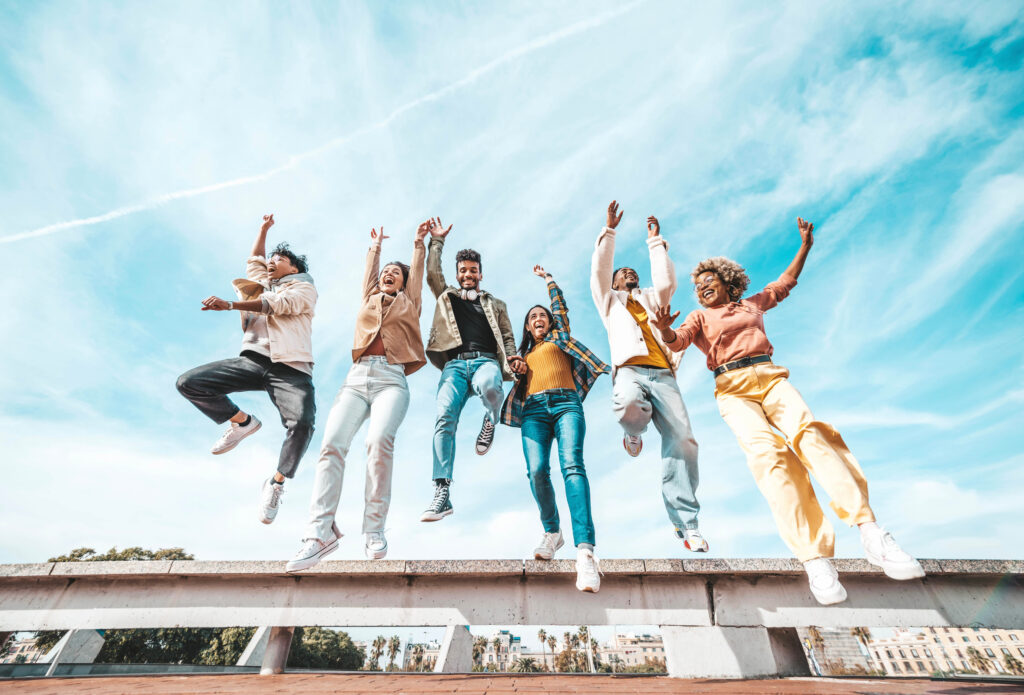 Photo by Davide Angelini / Adobe Stock (Laurea Education licence)
Photo by Davide Angelini / Adobe Stock (Laurea Education licence)
The YEA project focuses on amplifying the voices of young people in vulnerable situations. Its aim is to highlight the strengths of community-based organizations in fostering inclusion and to empower youth to build meaningful connections and identify inclusive activities that support both personal and community growth. The YEA project is implemented by a European consortium consisting of partners from Belgium, Italy, and Finland. The coordinating partner is UCLL University of Applied Sciences (Belgium). Laurea University of Applied Sciences (Finland) contributes expertise in youth participation and social services. The third partner, CESIE (Italy), is a non-governmental organization based in Palermo, working with diverse target groups including youth, migrants, and socially excluded communities.
This article, written by the YEA project staff, offers insights into the project’s goals, introduces the Learning, Teaching and Training Activity held in Palermo, and presents the Youth Advisory Board (YAB). It also reflects on our shared journey to Italy. More than anything, it’s a story about people coming together – youth and staff, across borders and backgrounds – and what can happen when we truly connect.
Building Bridges: The YEA Project in a Nutshell
The YEA project aims to strengthen young people’s sense of belonging and active participation, especially among those living in vulnerable situations. In the wake of societal change and uncertainty, the project brings together youth workers, communities, and young people to co-create meaningful, inclusive activities that foster trust and engagement.
At the heart of the YEA approach is co-creation. Young people are not merely participants—they are active agents of change in their own communities. Recognizing the many challenges youth may face, from cultural and linguistic barriers to feelings of exclusion, the project focuses on collaborative, creative solutions that are grounded in real-life experiences.
A key element of this collaborative approach is the Youth Advisory Board (YAB). This group brings together young people from diverse backgrounds. As active contributors, YAB members offer their perspectives on how leisure activities can better serve all youth. The YAB participates in workshops and development sessions and plays a vital role in guiding the project’s direction and long-term impact, helping shape the direction and impact of YEA.
In the first phase of the project, partners carried out a series of local activities to explore the foundations of youth participation and community belonging. These included both research and participatory action processes aimed at understanding how young people build social connections and experience inclusion in their everyday environments. To support this, each partner collected insights from both young people and professionals working with youth. Young people shared their experiences through the Photovoice method, while professionals responded to a survey exploring their views on youth participation—particularly in the context of service design.
Photovoice method
Photovoice is a participatory research method, where participants are being given a camera, taught how to use it, and invited to take photographs that reflect their lived experiences in relation to the project topic. The topic is usually predetermined by the research team and/or the community. (Wang & Burris 1994 & 1997).
The use of photographs in the YEA project proved to be a particularly powerful tool for expression. It offered a simple yet impactful way to convey meaning and emotion—even in the absence of shared language, which was the case for many participants. This visual approach was especially effective in diverse groups, helping to create a shared experience where young people could explore and discuss their local communities and reflect on themselves as individuals with feelings, interests, and vulnerabilities. In preparation for the activity, young participants were invited to take photographs related to specific themes, such as places or communities where they feel a sense of belonging, or aspects of their lives they would like to change. (Kurki, De Santis, Frederix, Ergish & Kanervo 2025.) The method created a safer space for expression and highlighted the importance of including young people’s voices in the planning of inclusive, community-based activities.
From Local Insights to Shared Learning
The findings from both the Photovoice activities and the professional surveys were compiled into national and joint reports, highlighting key needs and opportunities for fostering youth participation. Additional insights were gathered from local support organizations and community representatives, who helped identify both enablers and barriers to inclusive practices in youth work. This groundwork also included an evaluation of young people’s sense of community in each local context, forming a strong foundation for the next phase of the project.
Rather than serving as a starting point, the Learning, Teaching and Training Activity (LTTA) in Palermo built upon this locally rooted work. It brought together youth and social workers from each partner country to share experiences, reflect on findings, and co-create new ideas. The LTTA became a space where national efforts converged into a shared European learning journey—one that will be explored in more detail in the following chapter.
Travel Stories from Finland and Belgium
Finland: On Sunday morning, May 19th, 2024, a tired but excited group of six gathered at Helsinki Airport: two project workers from Laurea, three young participants, and one professional working with youth. The journey to Palermo could finally begin. After a long day of travel, we arrived in Palermo in the early evening.
Our accommodation turned out to be a bed and breakfast on a boat, as no other place could accommodate our group of six. The arrival at our lodging wasn’t without its mishaps – our host didn’t respond to our messages, so we walked along Palermo’s harbor, peering into boats as we tried to find ours. Finally, just when the dock and our hope were running out, we found our boat and its friendly crew. On the boat, everyone had their own cabin, and the lapping of the Mediterranean waves lulled us to sleep. The next morning, we sipped our coffee on the deck while watching the sun rise over the harbor, before setting off on foot toward the CESIE office—our host organization and the heart of the week’s collaborative work.
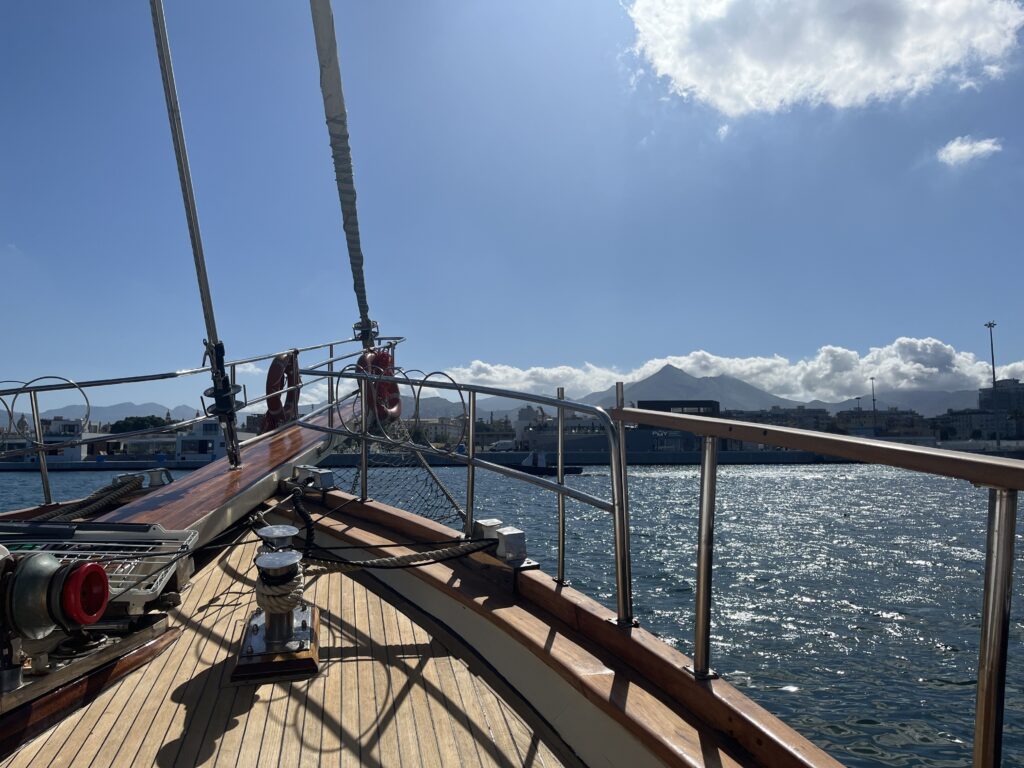
Picture 1: The Finnish group’s B&B boat accommodation with amazing views (Photo: Johanna Kurki)
Belgium: In our group, we had a mix of seasoned travelers and those that had less (or no) experience traveling long distances. Belgian group consisted of 2 project staff members, two youth and a youth worker. During our travel, often you heard someone helping another out by guiding them through the security check process or explaining noises in the airplane. We arrived anticipating being welcomed by friendly people and great food. And we were not disappointed. Being able to share a nice dinner experience eating some of the best pizza we could find in such a warm environment was the best way to start this trip. In this way, it became clear once again that eating together can be a very unifying activity.
The Belgian young people and their support persons started the day well by finding a bakery to provide breakfast on the terrace. The walk to the CESIE offices went quietly so that there was some time to absorb the city of Palermo. At the start and introduction, we noticed a difference in the fluency of communication among the Belgian youth and the others.
Reasons for this are obviously the language, everything was conducted in English, and the individuality of the young people. As the sessions progressed, we saw connection developing in the group and the young people were able to participate in the conversations and discussions between the young people and the facilitators.
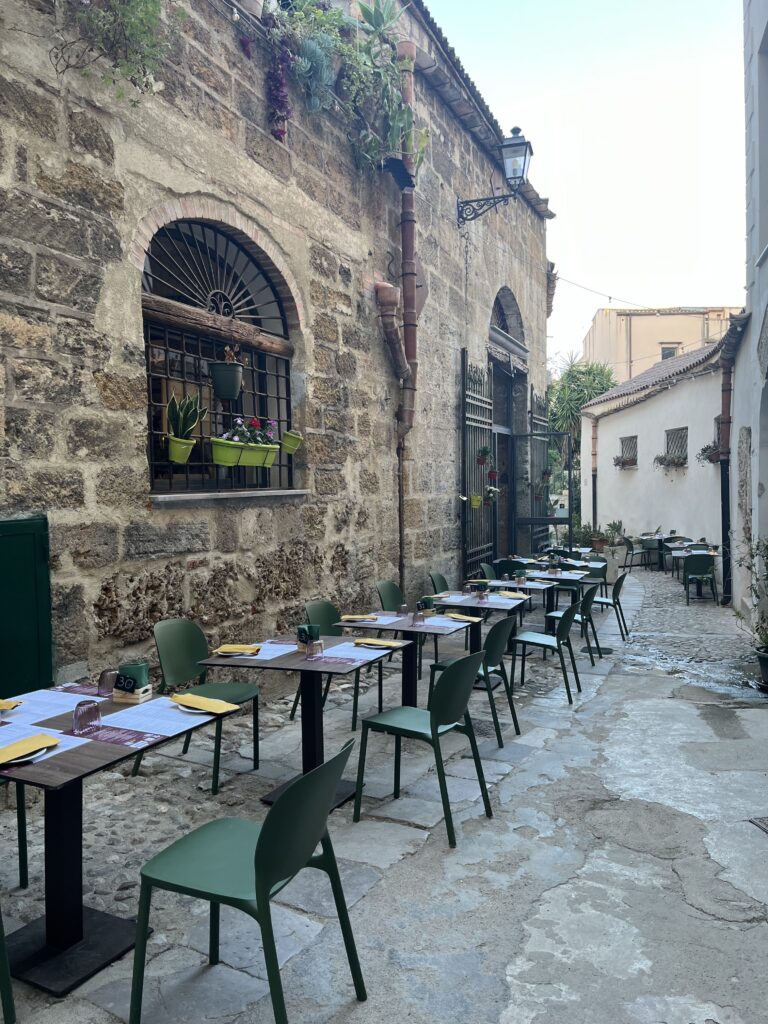
Picture 2. Eating out in Palermo (Photo: Riikka Kanervo)
Learning, Teaching and Training Activity
The Learning, Teaching, and Training Activity (LTTA) is a short-term mobility program designed to bring together youth, youth workers, and professionals from different countries to exchange experiences and deepen their understanding of project themes.
Following local groundwork in each partner country, the Italian team at CESIE, based in Palermo, Sicily, hosted the Learning, Teaching and Training Activity in May 2024. The two-day event brought together YAB members, youth workers, and project staff from all three countries to share insights, reflect on youth participation, and co-create a Youth Advisory Plan with a European perspective.
Young people themselves – especially the Italian YAB members – played key roles in facilitating sessions, guiding tours, and sharing local context. Through dynamic workshops and a study visit to a local youth center, participants exchanged perspectives on youth participation, reflected on their experiences in their respective communities, and strengthened their understanding of engagement practices. Collaboration extended beyond borders: the Belgian and Finnish teams co-led reflective sessions and learning cafes, encouraging discussion on how to apply the project’s ideas at home, using local resources and responding to real needs.
It is worth noting that a core idea in planning the LTTA was to share responsibility and agency in facilitating workshops. Youth from Italy, familiar with the local context, and facilitators from all three partner countries worked together to design and deliver the program. In the preparation phase, partners defined roles and collaborated on materials to ensure the success of each workshop. While the Italian team took the lead on introducing the local youth context, Belgian and Finnish partners facilitated sessions focused on creating Youth Advisory Plan and exploring how to better support youth engagement locally.
During the two days of the LTTA, young participants, youth workers, and project managers deepened their understanding of youth participation in each country. They reflected on both challenges and opportunities, as well as the available resources, imagining new ways to co-create activities that build bridges between young people, communities, and professionals.
Young people’s leisure activities are similar regardless of nationality or country of residence. Although the project’s activities target a specific age group (13-30 years old), people’s interests and leisure pursuits are not limited to that group. (Even the project staff shared common hobbies and interests with the youth, and naturally, this is likely true for other adults and young people as well.)
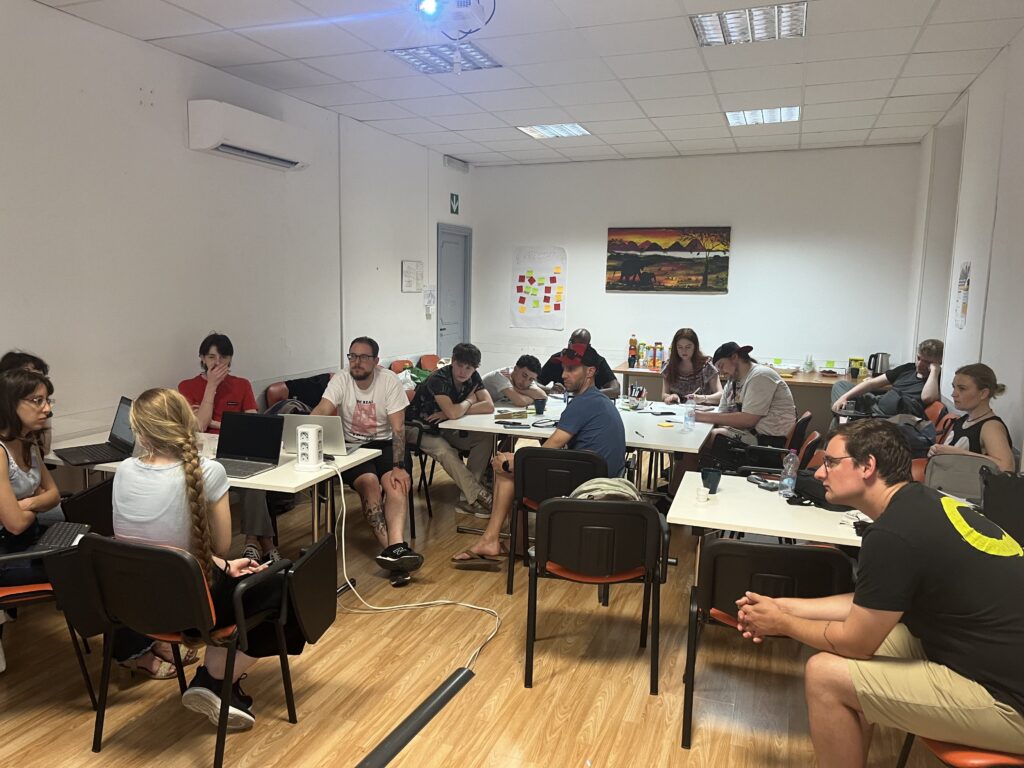
Picture 3. Intense working at the CESIE ETS office (Photo: Riikka Kanervo)
One key takeaway from the discussions was that young people need opportunities and encouragement. We find throughout the project that giving responsibility to young people empowers them. They then seize the initiative to take responsibility.
Through workshops, shared meals, and a city tour, participants discussed their roles as youth and youth workers. They explored the importance of structured dialogue between young people and the professionals who support them. This exchange helped align the needs and skills of youth with available educational and recreational opportunities.
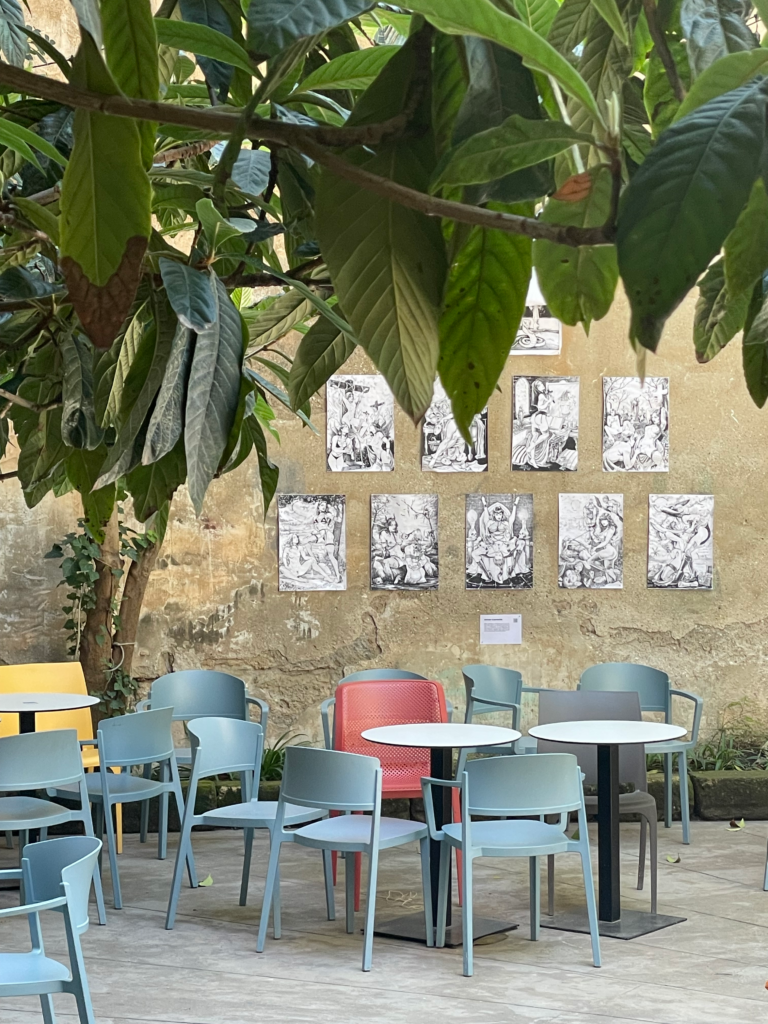
Picture 4. Visit to the EPYC Youth Center (Photo: Johanna Kurki)
Through the study visit to the EPYC youth center and conversations with its founder, participants explored differences and similarities between local youth work realities. These insights enriched the group’s overall experience.
International Photovoice Tour
During the LTTA, young people had an international Photovoice experience when members of the Italian YAB members guided their colleagues and youth workers from Belgium and Finland to locations where two Italian participants had originally taken their photos. For the Italian youth, it was meaningful to revisit these places and share their stories with peers from different cultural backgrounds.
Through this tour, the Italian participants conveyed the inspiration behind their photos—what the locations represented to them—and sparked conversations about the challenges faced in those neighborhoods. The exchange deepened when they asked the Belgian and Finnish participants whether similar places or issues existed in their home contexts.
The tour, referred to as a ”Photovoice Tour,” allowed the youth to explore Palermo from a unique perspective—beyond that of a typical tourist. One participant noted, “The Photovoice tour was super interesting.” A Belgian participant reflected on the contrast between Palermo’s urban landscape and his own rural surroundings, observing how much larger and more complex the city was compared to towns in Belgium. The experience prompted reflection on differences in community life and youth experiences across countries.
Beyond the Agenda
Sometimes, the getting-to-know-each-other phase can take time. That’s why it was so great to see how openly and without prejudice the young participants connected with one another. The atmosphere was warm from the very beginning, and despite some initial nervousness, being together soon felt natural. The language barrier—and the mix of different languages—didn’t stop conversations. On the contrary, moments of searching for the right words in a foreign language, aided by gestures and laughter, often led to shared understanding.
By the second day, more and more spontaneous conversations took place between the young people and facilitators from the different countries. The Photovoice experience around Palermo helped create this connection—especially since it was just the young people and their youth workers. The project staff were attending a meeting at the time, which gave space for peer bonding without adult direction. On the last day, data and contact details were even exchanged between participants from the different countries and possibilities for future collaborations between them were explored.
Cultural exchange didn’t stop when the official program ended. In their free time, some participants swam in the Mediterranean, while others explored Palermo’s nightlife. The Belgian group even made a spontaneous trip to Mondello Beach to unwind after a full day of workshops.
The in-person nature of the LTTA proved essential. Outside the structured sessions, genuine relationships began to form. By the end of the week, participants weren’t just reflecting on what they’d learned—they were actively imagining ways to stay in touch and work together in the future.
Comments from the first day already hinted at the energy of the group:
“Good vibes – it was inspiring.”
“I learned that in Belgium, Finland and Italy, young people often share similar struggles—especially around the lack of community and sense of belonging.”
Reflections
The weather was kind, the food abundant, and the conversations meaningful. The International Photovoice Tour experience opened new ways of seeing and understanding – building bridges between people. And the simple act of gathering – in one place, from many places – gave the YEA project a heartbeat.
Live meetings matter. Meeting each other and exchanging thoughts, vulnerabilities and ideas are at the core of humanity. Discussions helped to create shared understanding and to build trust, spark ideas, and show what’s possible when we cross borders with curiosity and respect. Because when youth connect – truly connect – communities change.
Our shared time in Palermo showed that shared experience builds shared purpose. It created space for young people to express themselves, feel heard, and take initiative. It also deepened the connection between project partners and participants across Europe. Through shared meals, workshops, city walks, and Photovoice stories, the Learning, Teaching and Training Activity became more than just a project milestone—it became a space for genuine exchange, curiosity, and community.
The work doesn’t stop here. With the YAB launched and an International Advisory Plan created, the next steps will focus on local implementation, continued collaboration, and supporting young people to bring these ideas home.
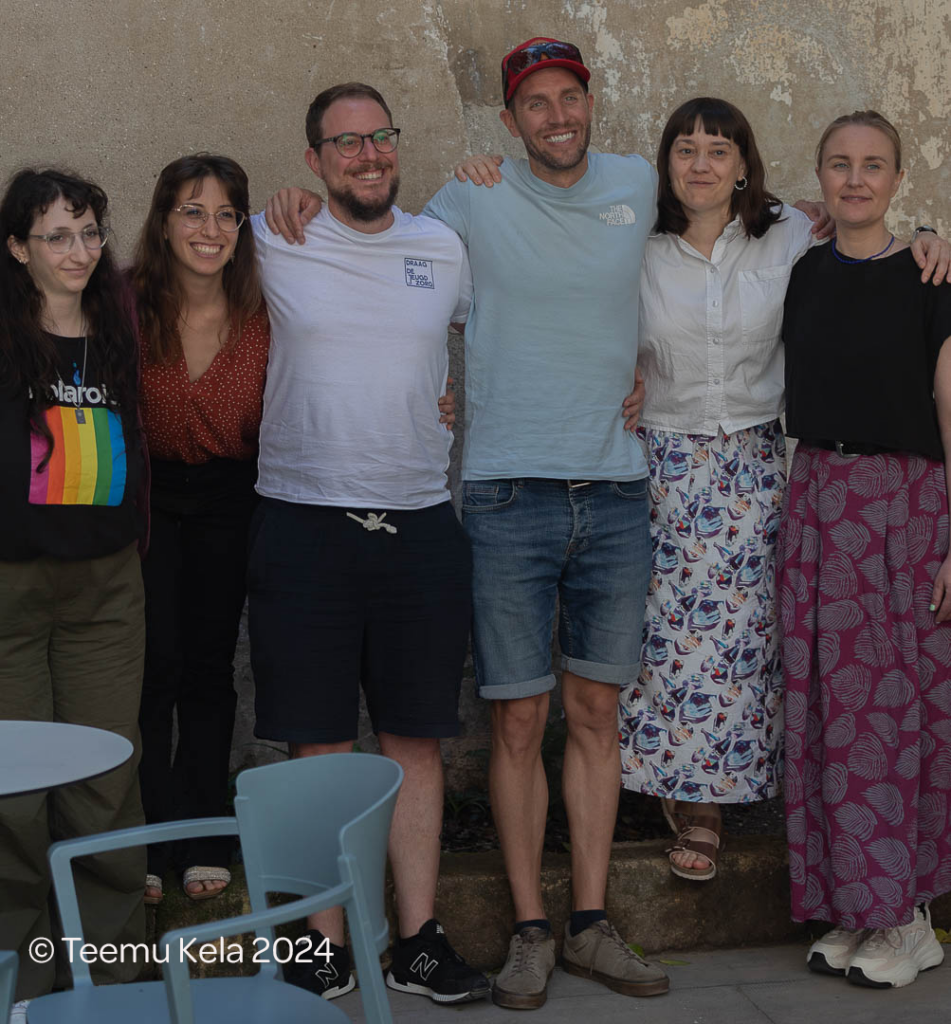
Picture 5. YEA project team Ginevra, Giulia, Pieter, Zachary, Riikka & Johanna (Photo: Teemu Kela)
References
- Kurki, J., De Santis, G., Frederix, P., Ergish, Z., & Kanervo, R. 2024. Making Young People’s Voices Heard Through Photo Stories. Laurea Long. https://urn.fi/URN:NBN:fi:amk-2025051210628
- Wang, C. & Burris, M. A. 1997. Photovoice: concept, methodology, and use for participatory needs assessment. Health Educ Behav. 1997 Jun;24(3):369-87.
The first image in this article (the feature image) is not licensed under CC BY-SA. It has been used in accordance with the terms of the Adobe Stock Education License and may not be reused or redistributed without separate permission.